Museums, Exhibits and Parks
Exhibits on archaeology in Northwest Florida as a result of the work conducted by the Department of Anthropology and Archaeology Institute can be found across the area, a selected set can be found below.
Archaeology Institute
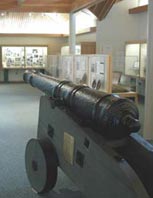
There are several places to see the artifacts that UWF archaeologists have unearthed. Many of the most spectacular artifacts from all time periods - Prehistoric Native American, Colonial, Early American, and Victorian - are on display in the exhibit area of the Archaeology Institute located right at the entrance to campus. Exhibits highlight the work of UWF Archaeology including work on several pre-contact sites, the Luna Settlement, Pensacola's Spanish Presidios, several shipwrecks. The exhibits are free and open to the public Monday through Friday from 9:00 a.m. to 4:00 p.m. Special tours by UWF archaeologists can be arranged by calling 850.474.3015.
Archaeology Institute "Heritage Roots" Garden
The "Heritage Roots" ethnobotanical garden project at the UWF Archaeology Institute is designed to create a vibrant, educational space that highlights Northwest Florida native plants and their cultural significance. This 0.25-acre garden features a wide array of native flora used by cultures that have lived in this area throughout time, complemented by interpretive signage in both English and the Mvskoke (Muscogee) language. The project is a collaboration with the Florida Public Archaeology Network, the Santa Rosa Band of the Lower Muscogee, the UF/IFAS Escambia County Extension, and local garden designer Emily Peterson. Funding for the project has been generously provided through the Pensacola and Perdido Bays Estuary Program's 2024 Community Grants program.
More information and a virtual walking tour are coming soon!
Pensacola Museum of History
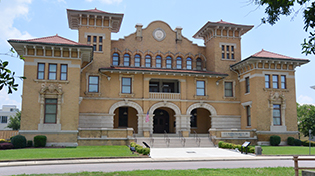
In downtown Pensacola, the Pensacola Museum of History, located in the Historic Pensacola complex and managed by the UWF Historic Trust, has archaeological artifacts from all periods of Pensacola's history.
Arcadia Mill Archaeology Site and Museum
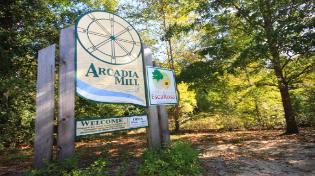
Nestled in the woods on Pond Creek just outside Pensacola is one of the oldest industrial sites in the Southeast: Arcadia. Built in the late Spanish colonial period (1817) and burned in 1855, this water-powered industrial complex had a sawmill, grist mill and slave-labor textile factory before the Civil War. For more information about Arcadia and UWF's excavations at the site, visit the Arcadia Mill research page. Arcadia has been developed for the public, is handicapped-accessible and hosts thousands of visitors each year. Arcadia House has a wide variety of artifacts on display associated with saw milling and cotton cloth production. The site is deeply wooded with trails which include a swinging bridge over Pond Creek and a long, beautiful boardwalk over the levees which leads visitors to the unique sandstone masonry foundations and old textile plant floors. Arcadia is a wonderful place to enjoy West Florida's "pioneer" history.
To schedule a group tour, contact 850.626.3084. Additional information can be found on the UWF Historic Trust website.
Colonial Archaeological Trail
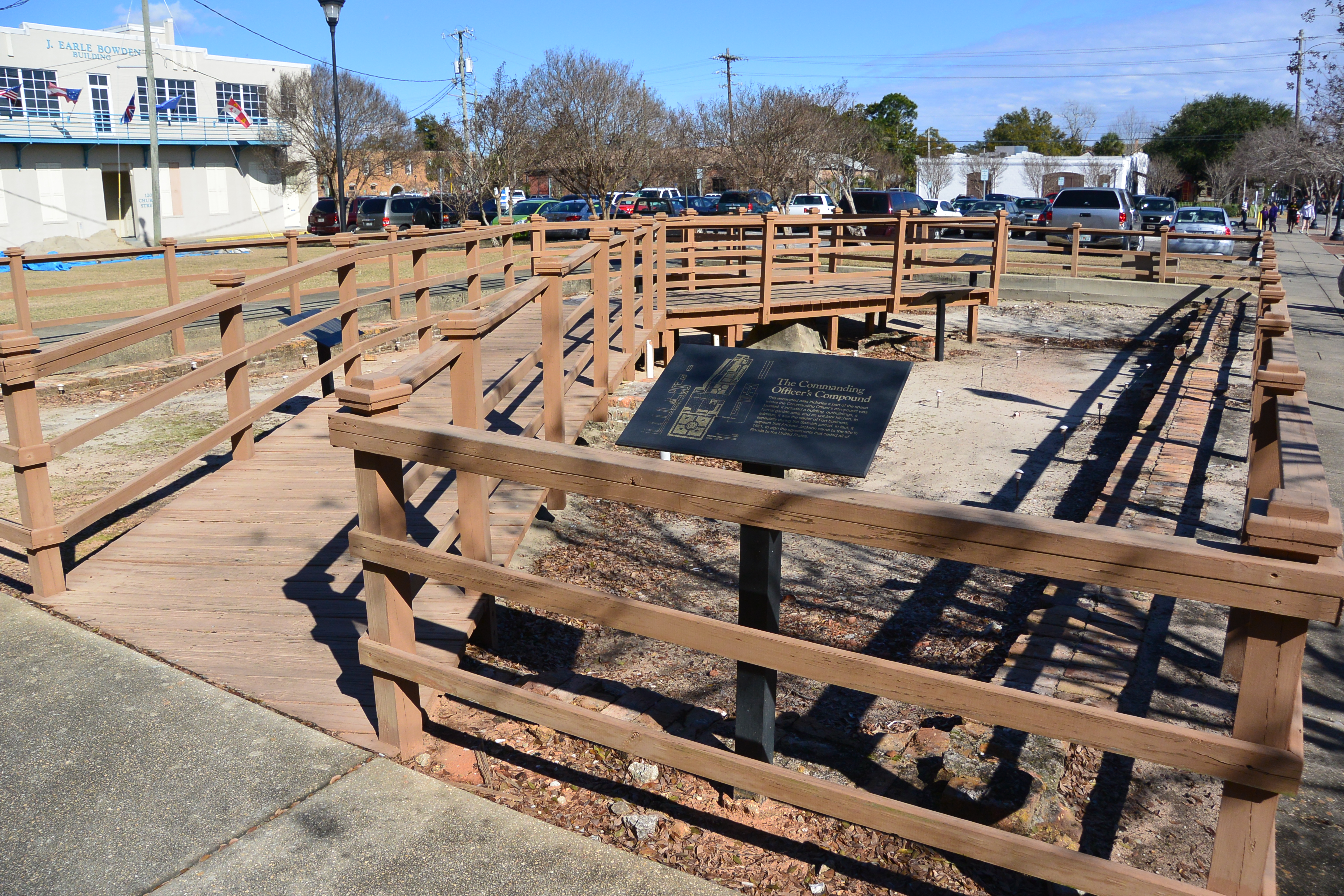
Located in Historic Pensacola Village in downtown Pensacola, the Colonial Archaeological Trail consists of a series of outdoor exhibits that feature Pensacola's colonial past. A brochure for the trail can be obtained at the Tivoli House in the village. The open-air archaeology exhibits each has an explanatory metal marker and location map. They are handicap accessible and include the ruins of the colonial commanding officer's house and associated refuse pits, the foundations of the officer of the day's building just inside the western gate of the British fort, and the foundations of the British colonial administration building.
The remains of British Fort George near downtown Pensacola, excavated in 1974 and 1975, have also been partially reconstructed and are part of the Trail. Fort George was the site of the famous battle in 1781 where Bernardo de Galvez, Governor General of Spanish Louisiana took Florida from the British. After Pensacola reverted to the Spanish, Fort George was renamed Fuerte San Miguel. The remains of the Fort, located between Jackson and La Rua on the western side of Palafox St. (next to the Knights of Columbus Hall, across from First Baptist Church), are free and open to the public 24 hours a day, seven days a week. Fort George's breezy, cool location on a hill overlooking downtown Pensacola make the site an excellent place to enjoy the history of the city even on the hottest summer days.
Historic Pensacola Village also has many renovated historic buildings and living history exhibits. Docents in period clothing guide visitors through the various homes in the village several times each day. For more information visit historicpensacola.org.
Presidio Santa Maria de Galve
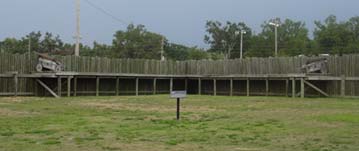
Located on the Pensacola Naval Air Station on a bluff overlooking Pensacola Pass, the first permanent settlement in Pensacola was found, investigated and developed into an open-air exhibit by UWF between 1995 and 1998. The site, located on the Naval Air Station, is an easy drive from downtown Pensacola. Visitors can stroll through the area once occupied by Spanish colonists and see the reconstructed northwest bastion of the wooden Fort San Carlos de Austria with two of the original cannons mounted on the walls above the fighting deck. A series of interesting historical markers offer a self-guided tour through the fort, village and cemeteries. Many of the artifacts from the Presidio are on exhibit at the Archaeology Institute. More can be viewed at the second Pensacola Lighthouse Museum.
While not affiliated with UWF, there are many other places in and around Pensacola where the public can learn more about the region's archaeology and history:
- Indian Temple Mound Museum (Fort Walton Beach)
- Gulf Islands National Seashore (National Parks Service), which includes Fort Barrancas, the Advanced Redoubt, the second Pensacola Lighthouse, Fort Pickens, and Naval Live Oaks Reserve. All sites are free to the public.
- Historic Pensacola Village (downtown Pensacola). Admission charged.
- National Museum of Naval Aviation (NAS Pensacola). Free to the public.
- USS Massachusetts (Pensacola Bay). Free to the public.



